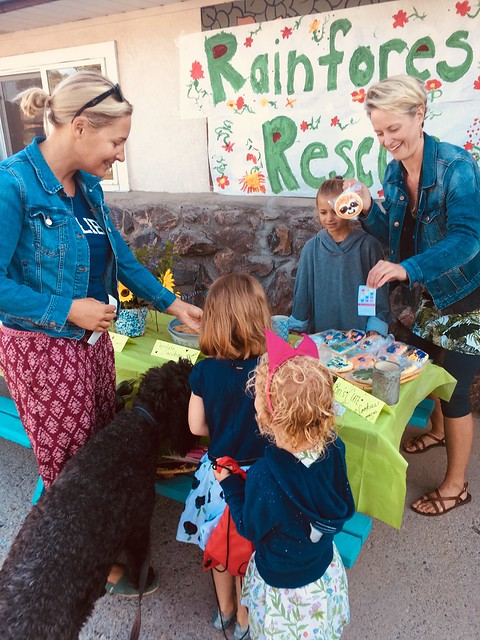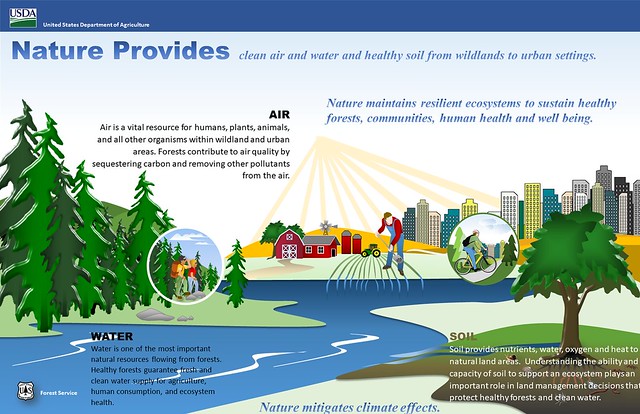
Having learned about recent fires in the Amazon rainforest at school, my first grader came home with a head full of ideas on how to protect what many call the lungs of the Earth—and all the animals that live there: a bake sale.
Her eager stance to rescue the rainforest was a perfect opportunity for me to tell her about the magic of temperate forests right in our backyard of colorful Colorado. I showed her how the forests in the U.S. provide a myriad of services and products, some of which would benefit us in making a batch of cookies for her rainforest bake sale.
Conservation of our nation’s forests is rooted in our agricultural history. Devastating logging practices and deforestation during colonial settlement and through the Industrial Revolution resulted in fragmented forests and eroded soils necessary to sustain many benefits in which forests provide.
These benefits include wood, fiber, food, recreation, wildlife habitat, and abundant clean water. Due to these concerns, beginning in the 1880s, forest reserves were set aside. And in 1905 the USDA Forest Service was created to sustain through conservation practices the health of our forested lands.
So, how do forests help moms make cookies? In many indispensable ways! For instance, the wooden cutting board, mixing spoon, and parchment paper we used to bake the cookies are sourced from forests. And while the cookies baked in the oven, my daughter and I went outside to find shade under a deciduous tree to cool off from the unseasonably warm September.
When forests are healthy, productive, and managed as working forests, they produce an endless list of materials we use in our daily lives, from lumber to food to energy. In fact, per day, the average person in the United States uses 5.5 pounds of material derived from harvested forest products.
Privately owned forests supply 91 percent of the wood harvested in the U.S., and the more we use wood products, the more likely forests are to continue to be forests. Recent studies show that strong markets for wood products—such as biomass energy generation—make maintaining forested lands an economically attractive option to private landowners.
Back in the kitchen the cookie clean-up also involved forests because we used cellulose from trees in the paper towels to wipe up spills and chemicals extracted from trees in the cleaning products.
We then bagged our cookies in cellophane to keep them fresh, and yes, a tree provided the essential chemicals to make this product. And, after my little one devoured all remnants of cookie dough, we washed the mixing bowl using water that originated from the mountains on the Pike San Isabel National Forest.
Forested land in the U.S. covers nearly one-third of our land base. These diverse forest ecosystems serve as our nation’s natural filtration systems for clean air and water. More than half of our drinking water in the United States originates from forested lands. All in all more than 5,000 products come from trees and are renewable. If we take care of our forests and use them responsibly, they will continue to provide for us for generations.
That day we counted even more forest products that went into making a dozen cookies, from the paper bag storing the flour, to the cardboard box encasing the butter. I then stuck a note to our plate of cookies that read, “From one forest to another.”
Later that afternoon, after sampling our cookies, I sent my daughter up to brush her teeth with yet another indispensable tree product – toothpaste.

